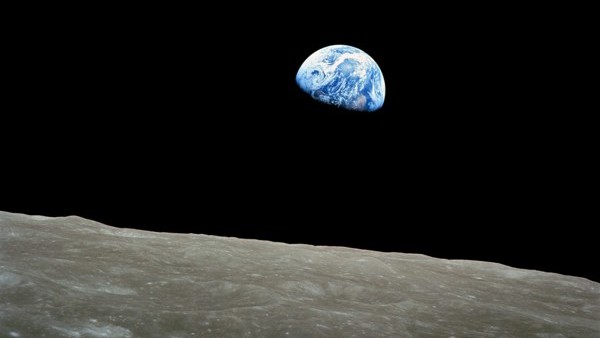9 Science Facts To Make You Sound Clever At Parties
8. “The Earth Actually Orbits The Moon"

"Yes," you'll say impressively when people look at you, confused, "it really does."
The standard model that most people have in their heads is that the moon orbits the Earth, the Earth orbits the sun and everything is moving in a lovely, orderly manner.
However, you could technically say that the earth is orbiting the moon just as much as it is orbiting us, due to the fact that the moon has its own gravity that acts on the Earth.
After dropping your nice, paradoxical-sounding soundbite, you should follow up with "Well, more accurately, they both orbit a common point". This "common point" is what is known as the barycentre, it is the centre of mass between two orbiting objects.
The more similar in mass the two objects are, the more equidistant the barycentre will be to both of them, meaning that if the two objects have equal mass, the barycentre will be right in the middle, creating a binary system.
When one object is more massive than the other, the barycentre will be located within it, but not at its very centre. This is what happens with the earth and the moon: The moon is much smaller, but its gravity still affects the earth, causing the Earth to appear to "wobble" as it orbits a point just below its surface.
Believe it or not, this also happens with The Sun and the rest of our solar system. Of course, the sun is much bigger than the planets that orbit it, and more often than not, they're "pulling" it in opposite directions, so the effect is practically indistinguishable.
However, scientists have used this to detect planets elsewhere in the galaxy; exoplanets are far too small to be detectable, so what astronomers look for is the tell tale "wobble" of the star that it is orbiting.